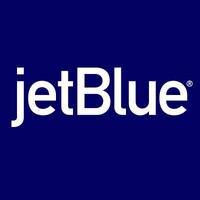
Aeropuertos GAP
Somos una empresa mexicana que desarrolla su actividad en el sector aeroportuario. Operamos 12 aeropuertos internacionales en México y 2 en Jamaica, sirviendo en conjunto a más de 350 destinos, a través de 37 aerolíneas. En 2022, atendimos a 56.7 millones de pasajeros. Creemos en el valor de cada individuo y buscamos detonar su potencial por medio de la Fundación GAP integrada por los Colegios GAP y los Centros Comunitarios de Formación que ofrecen educación de calidad a familias de bajos recursos y oportunidades para elevar la calidad de vida a la comunidad aeroportuaria.






